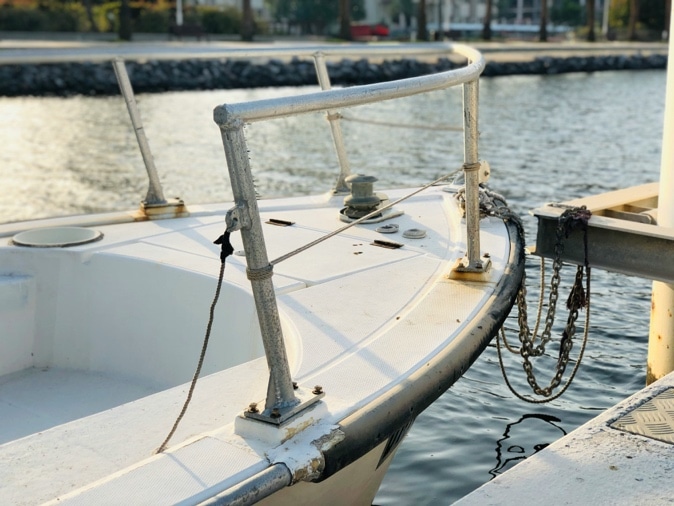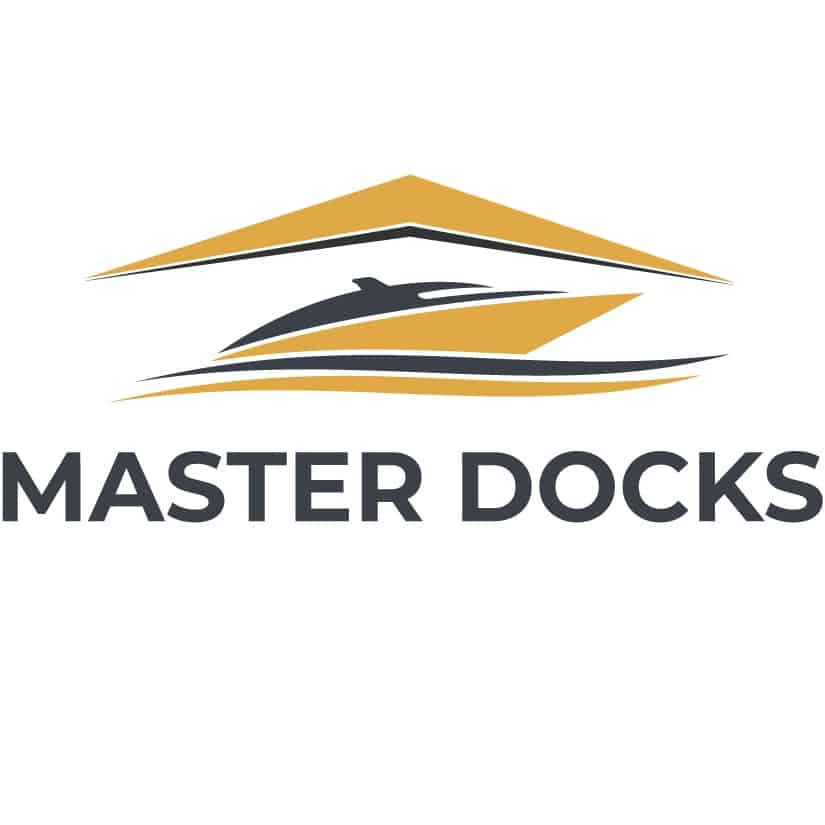Boat Dock Maintenance

Is your dock ready for another season? Have you noticed any wear and tear that might need attention? Overall, boat dock maintenance can be easy to overlook. After all, people tend to focus more on what is happening around the dock than the dock itself. However, not addressing dock repairs before they become larger issues can ultimately create a safety hazard and lead to costly expenses.
In short, whether you manage a hundred docks for a commercial marina or just one residential dock for the family boat, maintaining your boat dock is essential. This is especially true for those living under the UVs of South Carolina. That said, dock repairs and boat dock maintenance may not be the most glamorous parts of owning a dock. But the good news is it can be surprisingly easy with the right know-how.
Upkeeping Your Boat Dock: 101
Maintaining your boat dock involves several key tasks, each essential to preserving its structural integrity and appearance.
Regular Cleaning
Regular cleaning is fundamental to boat dock maintenance. Start by cleaning the pilings, decking, and floats to remove unwanted things like dirt, grime, insects, and algae. Consider using a soft-bristle brush and mild detergent to scrub away any buildup and for stubborn stains, a pressure washer would be ideal. However, it’s important to use a low setting and keep a safe distance from the surface; Too close and too high of a setting could cause surface damage. For the best results, make it a point to clean and/or pressure wash your dock at least once a season.
- Staining and Sealing Staining and sealing your dock’s wooden components provides an added layer of protection against the South Carolina elements. Choose a high-quality, marine-grade stain that offers UV protection and is resistant to water damage. Staining not only enhances the appearance of your dock but also extends the life of the wood by preventing rot and decay. Just be sure that the wood is clean and dry before applying stain or seal.
- Safety and Quality Inspections Performing regular safety and quality inspections is essential for identifying potential issues before they become major problems. Check for signs of decay, leaks, cracks, and loose or rotting boards. Look for signs of warping, bending, sagging, and erosion. In addition, ensure that handrails and ladders are securely attached and in good condition. Overall, safety should always be a priority and should be a routine part of your maintenance schedule.
TIP: Pay special attention to the areas where the dock meets the water, as these are most susceptible to wear and tear. This includes the pilings, which are prone to decay.
- Add Anti-Slip Coatings To enhance safety, consider applying anti-slip coatings to your dock. These coatings provide additional traction, reducing the risk of slips and falls, especially in wet conditions. Anti-slip coatings are available in various forms, including paints and adhesive strips, and are easy to apply.
Additional Boat Dock Maintenance Tips
Take Pictures Once a Month
Pull out your phone or camera, and take a few pictures of your dock from all different angles. Compare new pictures to those from previous months. You’re way more likely to notice subtle changes or red flags in pictures and can take care of issues ahead of time.
Inspect Regularly By Setting Schedules
Life gets busy, and it’s easy to forget dock maintenance. So set calendar reminders or write down scheduled maintenance tasks to ensure you don’t miss them. Regular inspections can catch issues like loose boards, rotting wood, and structural problems before they escalate.
Protect The Corners and Sides
Even the best boat docks can have mishaps due to the South Carolina winds or other factors. Because of that, protect your dock by placing rubber mats or carpets on the corners. Additionally, install rubber bumpers or old tires on the sides to reduce the impact of boat collisions.
No “Temporary” Fixes
It might be tempting to use quick fixes for minor issues, but this can lead to bigger problems down the road. Avoid using indoor fasteners or products not meant for outdoor, waterproof use. Don’t ignore loose boards or missing nails. Address issues properly and promptly to prevent them from escalating into expensive repairs.

Dock Maintenance Requirements for Different Materials
All docks require some type of maintenance. However, the materials your dock contains affect the kind of maintenance it needs.
- Aluminum – Aluminum docks are low maintenance but should be regularly rinsed with fresh water to remove salt and debris. Regularly check rivets and joints for wear and inspect for corrosion. If necessary, apply protective coatings.
- Steel – Steel docks are durable yet still susceptible to rust. If you have a steel dock, regularly inspect for rust spots and treat them with rust inhibitors. Ongoingly check welds and connections for signs of fatigue and apply protective coatings to prevent further corrosion.
- Wood – Wooden docks require regular cleaning, staining, and sealing to protect against moisture, UV rays, and insects. Your maintenance routine with a wood dock should be frequent inspections for rot, splinters, warping and loose boards. If you find damaged wood, be sure to replace them promptly to maintain structural integrity.
- Composite – Like aluminum, composite docks are low maintenance and resistant to rot and insects. For these, clean them regularly with mild detergent and water. If you find any signs of wear or damage, address them accordingly.
- Concrete – Concrete docks are highly durable. But like most concrete surfaces, they can develop cracks over time. For concrete dock owners, keep an eye out for cracks and repair immediately to prevent further damage. In addition, regularly clean the surface to remove algae and debris.
- Roofed Docks – If you have a roofed dock, make it a point to inspect the roof for leaks, damaged shingles, or rusted metal. Also make time to clean gutters and downspouts if you have them to ensure proper drainage, and regularly check the roof supports.
- Plastic (Wave Armor®) – Wave Armor® docks feature a non-slip, flagstone paver-style surface that requires minimal upkeep. A simple rinse with a pressure washer or a brush-down with mild detergent keeps them in ideal shape. Contact us today to learn more about Wave Armor®.
Dock Repairs vs. Dock Replacement
Regular dock maintenance checks can extend the life of your structure, but eventually, all docks need replacement. As part of your routine maintenance, give your dock a visual or professional inspection.
- When to Repair – Minor issues like loose boards, small cracks, and superficial rust can often be repaired without replacing the entire dock. Scheduled maintenance and prompt repairs will help extend the life of your dock and prevent minor issues from escalating.
- When to Replace – If your dock has significant structural damage, extensive rot, or severe rust, it may be time for a replacement. Additionally, if repairs become frequent and costly, replacing the dock may be a more cost-effective solution in the long run.
In summary, learning to distinguish between a repairable dock and one that needs replacement can save you money and prevent serious injuries. If you’re unsure, consult a professional dock service provider in South Carolina.
Trust the Experts with Your Dock Maintenance
At Master Docks, we specialize in dock repairs, maintenance, and replacements, guaranteeing your dock serves you well for years to come. Ready to take the next step? Visit our website today to learn more about our dock repair services or contact us directly for a personalized consultation.
Visit Master Docks | Contact Us


